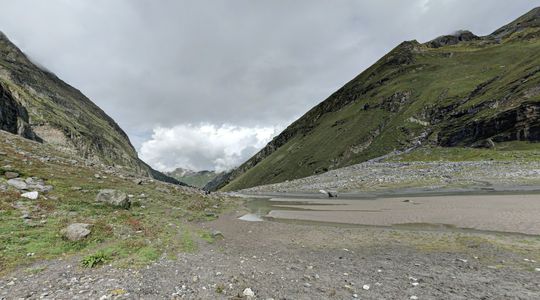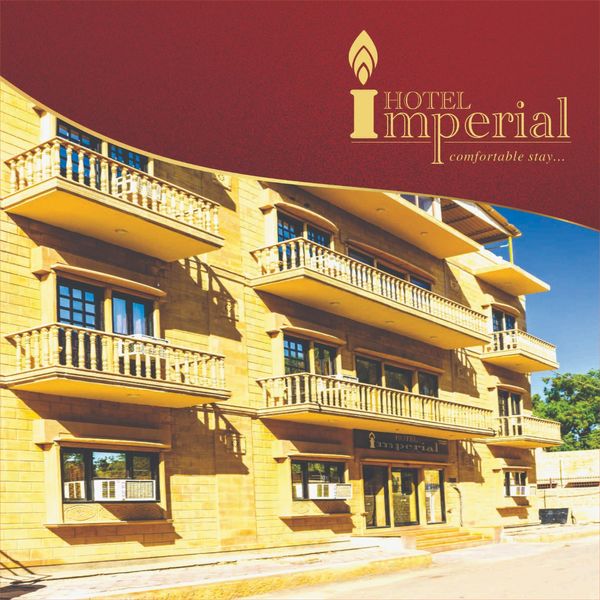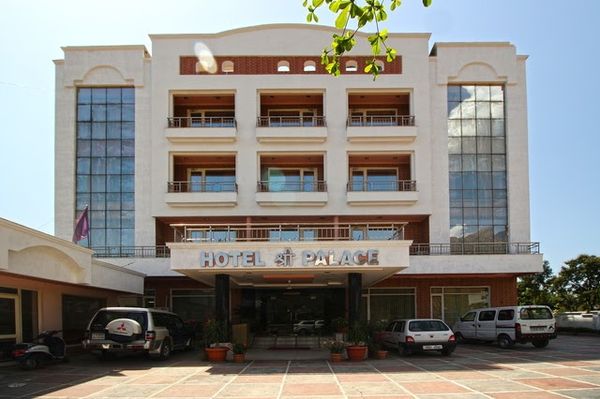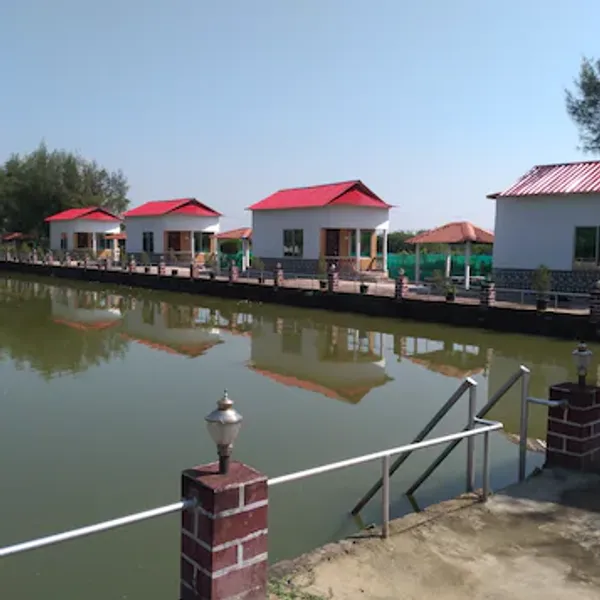Hampta Pass Weather Guide: Best Time for Trekking, Scenic Views & Safe Travel
 Ankit Rawat
17 Jul, 2025
10 mins read
12
Ankit Rawat
17 Jul, 2025
10 mins read
12

Planning a trek to Hampta Pass? You’re in for an incredible adventure. This popular trek in Himachal Pradesh offers something for everyone — scenic views, high-altitude landscapes, green valleys, snow-covered peaks, and even desert-like terrain as you move toward Lahaul.
But to enjoy the beauty and complete the trek safely, you need to pick the right time. Hampta Pass is not accessible all year round. Weather plays a big role in how enjoyable or risky your trek will be. So, before you pack your bags, let’s explore the best time to go, month-by-month weather conditions, and how to stay safe on this amazing trail.
Why Weather Matters for Hampta Pass Trek
Hampta Pass sits at about 14,000 feet above sea level. At this height, the weather changes fast, and the conditions can vary greatly from the starting point in Manali to the pass itself.
During some months, the trail is blocked with snow. Other times, rain makes the trail slippery and difficult. And sometimes, the skies are so clear that the views feel like a dream.
Choosing the right month for the Hampta Pass trek makes all the difference. It’s not just about seeing pretty views it’s also about staying safe and being able to complete the trek without trouble.
Trekking Season: June to October
The Hampta Pass trek is only open for a few months every year. You can usually go between mid-June and mid-October. The rest of the year, the trail is closed due to heavy snow and dangerous conditions.
Here’s what each month looks like so you can decide the best time to go.
Mid-June: Snowy Trails Begin to Open
By the middle of June, the snow starts to melt and the trail becomes visible. This is the time when trekking companies begin their operations. If you love the idea of walking through snow, this month is ideal.
There’s still a lot of snow at the top of the pass, and some patches on the way too. But the trail is manageable with the right gear. The views are amazing, with snow-capped peaks and blue skies.
Temperatures range from 10°C in the day to as low as 0°C at night. Bring warm clothes, good trekking shoes, and be prepared for snow crossings.
July: Green Valleys and Flowing Waterfalls
In July, the snow melts further and the valley turns green. Waterfalls gush down the hills, rivers swell, and wildflowers start to bloom. The contrast between green grass and snowy mountains is truly magical.
It’s also the start of the monsoon season, so you might see light rain, especially in the Kullu region. However, the higher parts near the pass get less rainfall.
Daytime temperatures rise to around 15°C, and nights stay cool at about 5°C. Carry a raincoat and waterproof backpack cover. Also, be cautious during river crossings, as the water flow increases.
August: Rainy Days and Misty Views
August is when the monsoon is at its peak in Himachal. That means more rainfall in the lower areas and chances of cloudy or foggy days. The meadows are still green and beautiful, but the trail becomes wet and slippery.
Some trekkers still go during this time, but you need to be more careful. The visibility may not be the best, and there could be delays due to weather. On the bright side, the misty atmosphere adds a dreamy look to the landscape.
Temperatures stay between 10°C to 18°C during the day and fall to about 5°C at night. Trek with a guide, wear proper footwear, and avoid trekking alone in this month.
September: Clear Skies and Best Views
If you want the best weather and stunning views, September is the perfect month. The rains go away, the sky clears up, and the trail is dry and easy to walk on.
This is when the landscape is at its best. You’ll see bright blue skies, golden light, and fresh greenery all around. It’s also safer because there are fewer chances of sudden rain or landslides.
Daytime temperatures are around 12 to 20°C. Nights are cool, between 4 and 8°C. This month is great for photography, first-time trekkers, and anyone who wants a comfortable and safe trek.
Early October: Last Window Before Snow Returns
The trekking season starts closing by mid-October. If you go in the first or second week, you can still enjoy the trail. But by the end of the month, snow begins to return at higher altitudes.
In October, the weather is dry, and the air feels crisp. You’ll see fewer people on the trail, which gives a more peaceful experience. However, the temperature drops quickly. Days stay around 10°C while nights can go below freezing.
Make sure to carry winter gear, gloves, and a good sleeping bag if you’re camping. If you’re going in October, be prepared for cold conditions and shorter days.
November to May: Off-Season and Heavy Snow
From November to May, the Hampta Pass trek is closed due to heavy snowfall. The trail becomes dangerous and completely covered in snow. Even local guides and experienced trekkers avoid it during these months.
If you’re visiting Himachal in winter, you can explore snow activities in Manali or try shorter treks at lower altitudes. But for Hampta Pass, you’ll have to wait until next summer.
Important Tips for Trekking in Any Weather
- Always Check the Forecast Before You Go Weather in the mountains can change fast. Check the latest updates before starting your trek.
- Pack Light but Smart Bring layers for both warm and cold weather. Carry waterproof jackets, gloves, and quick-dry clothes.
- Wear the Right Shoes A good pair of trekking shoes with grip is a must. Avoid sports shoes or sandals.
- Stay Hydrated and Take It Slow At high altitudes, your body needs time to adjust. Drink water often and avoid rushing.
- Join a Group or Go with a Guide Trekking with a group or local guide is safer, especially if you’re going during early June or monsoon.
- Start Early Each Day Morning hours are usually more stable. Finish your walk before afternoon in case weather changes.
Final Thoughts
Hampta Pass is one of the most rewarding treks in the Indian Himalayas. From forest trails and snowy slopes to alpine meadows and barren valleys, it offers a little bit of everything.
To enjoy this trek the most, plan your trip between June and early October. If you want snow and adventure, go in June. For green beauty, try July. For peace, clear skies, and great views, September is the best.
No matter when you go, be prepared for the weather, respect the mountains, and enjoy every step of the journey.
Written By:
Ankit Rawat



Hotels at your convenience
Now choose your stay according to your preference. From finding a place for your dream destination or a mere weekend getaway to business accommodations or brief stay, we have got you covered. Explore hotels as per your mood.


